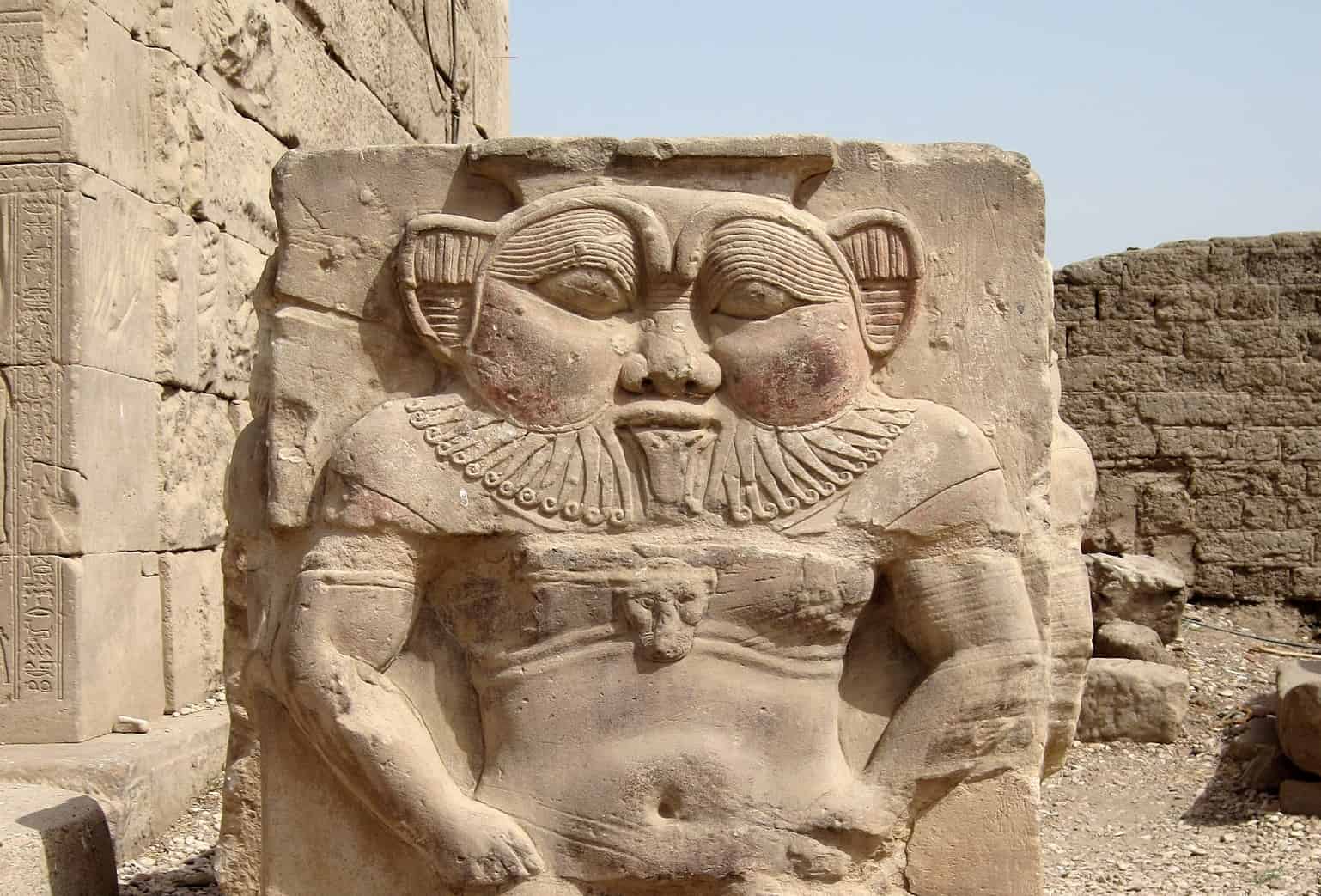There were over 2,000 deities worshiped in ancient Egypt, but Bes truly stood out from the pack. This god, depicted as a bearded dwarf, was worshiped as the protector of women in labor, mothers and children. He’s the only Egyptian god who is depicted face-on, never in profile, like others. Now, a new study looks into the habits of its followers.

A team of researchers studied a 2,000-year-old vessel used by a sect worshiping Bes and found traces of chemical plant compounds known to produce hallucinations. The researchers believe that the Bes sect members would have consumed a very special cocktail containing the compounds to provoke altered states of consciousness.
The vessel, in the shape of the head of Bes and currently exhibited at the Tampa Museum of Art in the state of Florida, contained many compounds, including fermented fruit, the plant Peganum harmala (also known as Syrian rue) and Nymphaea caerulea (also known as blue water lily), Syrian rue is known to be hallucinogenic in nature.
The cocktail was also spiked with other components. The researchers detected traces of an alcoholic liquid derived from fermented fruit, as well as honey. They also found “a high presence of human proteins” added for ritual purposes. This included fluids such as “breast milk, mucous fluids (oral or vaginal), and blood,” the authors wrote.
“The seeds of [Syrian rue] produce high quantities of the alkaloids harmine and harmaline, which induce dream-like visions,” the researchers wrote in their preprint paper. “As the Bes figure was revered as a protective genius, it might be assumed that the liquid drunk from these mugs was considered beneficent,” they added.
The role of hallucinogenic substances
Many studies suggests that humans from diverse cultures across history have used hallucinogenic substances in religious ceremonies and shamanic rituals. This goes beyond ancient Egypt and includes civilizations such as Inca, Maya and Aztec cultures. People living in the Peruvian Amazon still use these substances.
In this latest research, Davide Tanasi of the University of South Florida and his team believe the Bes vase was used for “some sort of ritual of re-enactment of what happened in a significant event in Egyptian myth.” This could be the Myth of the Solar Eye, in which Bes gave the goddess Hathor a drink mixed with a plant-based drug.
Numerous ceramic vases and similar vessels depicting Bes have been found and now reside in museums and private collections worldwide. Researchers have proposed many possibilities for their content, including milk, wine and medicinal potions. However, only a limited number of vessels have actually been tested so far.
That’s likely why Tanasi and his team highlighted that their findings might be limited in scope, applying specifically to the analyzed vessel. To gain a more comprehensive understanding of the significance of these fascinating artifacts, conducting similar analyses on other instances of Bes vases would be imperative, they wrote in their paper.
“Expanding the sampling chemical study to other examples of similar and contemporaneous Bes-vases becomes at this point critical to ascertain if the evidence here discussed was a rare or single event, or a widespread practice at least for the Ptolemaic period,” they concluded.
The study was published in the preprint server Research Square.


